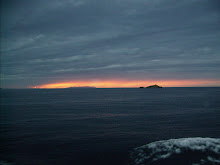
After years of language learning each of us develops their own strategies and methods according to their abilities and frame of mind. I personally need different kinds of environment, depending on the type of skill I want to train. For instance, writing needs time and concentration, therefore I have to be in a room on my own, possibly in silence or with some background music. In this case my sources are going to be dictionaries, personal notes and textbooks. When it comes to listening instead, I turn to the internet and search for podcasts, listen to the radio or watch a film in the original language. Like we all know, language is primarily an interactive activity, therefore having a contact with mother-tongue speakers is fundamental to me. There are various ways of making the most of this possibility, some are offered by university, some rely on our personal acquaintances. Not only can we learn from our teachers, but also from our colleagues and friends from abroad. This obviously includes travels, both as holidays and as study programmes and also part-time jobs or short internships.
Building a mind map of my PLE helped me to put in order all these tools, and I find it astonishing how many sources we can exploit to have a first-hand contact with another language. By checking it every now and then, one can reorganize it and see what really helps and what can be simply “left aside” because it’s not suitable to our study method.
Building a mind map of my PLE helped me to put in order all these tools, and I find it astonishing how many sources we can exploit to have a first-hand contact with another language. By checking it every now and then, one can reorganize it and see what really helps and what can be simply “left aside” because it’s not suitable to our study method.




